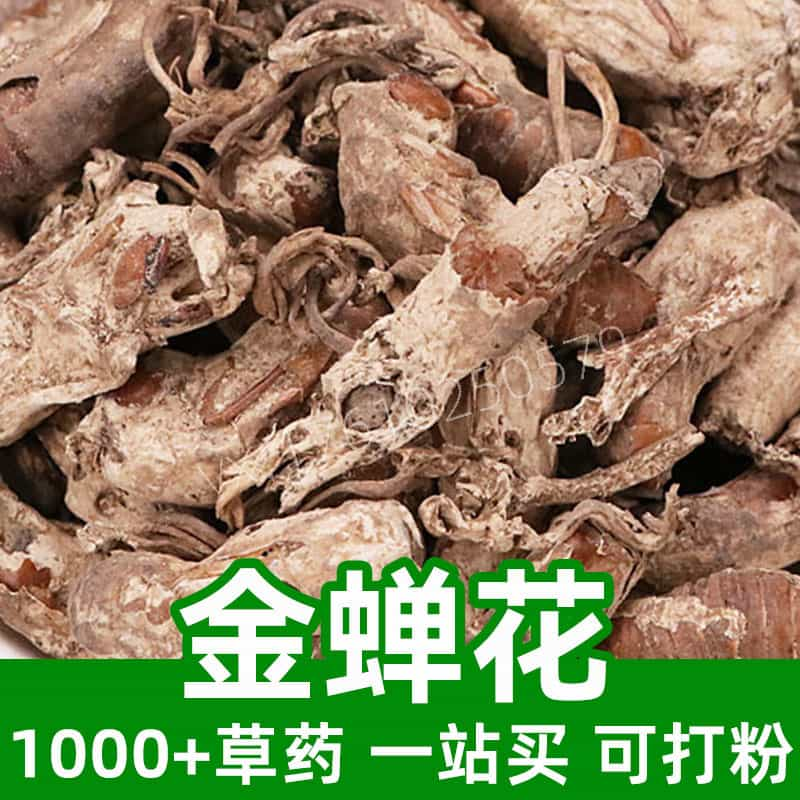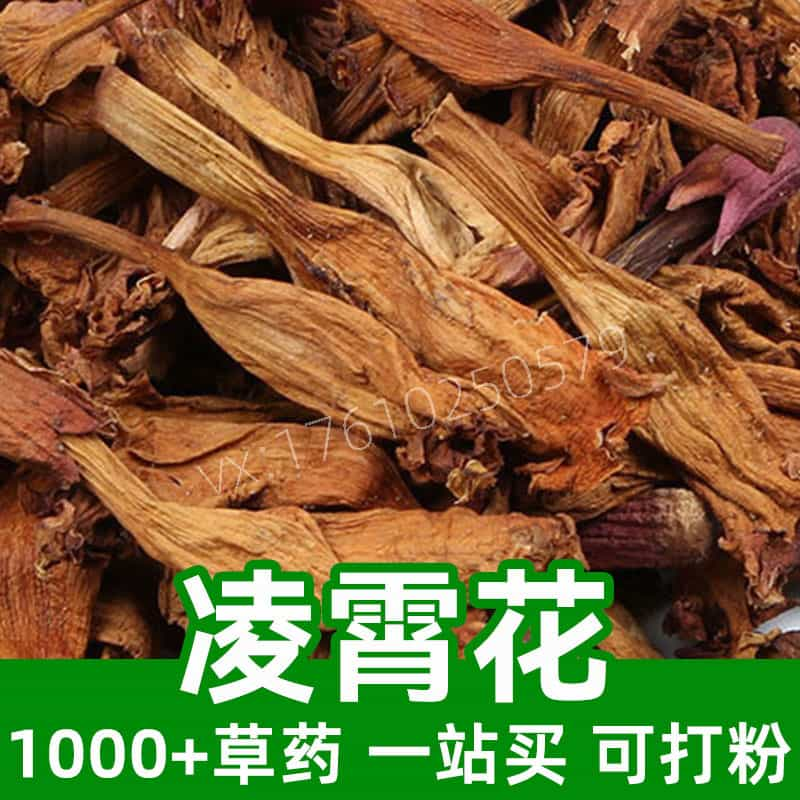Product Introduction
Pinellia ternata, commonly known as Ban Xia, is a well-regarded herb in traditional Chinese medicine (TCM). This perennial plant is identified by its distinctive, fleshy tuber, which has established a significant role in herbal formulations. Originating predominantly from East Asia, particularly China, Japan, and Korea, Pinellia ternata thrives in moist, shaded environments, usually near water sources or in forest undergrowth.
Its prominent active ingredients, including alkaloids and various essential oils, contribute to its unique properties in treating phlegm-related issues and digestive disturbances. Pinellia ternata is recognized for its harmonizing effects on the stomach, aiding in the alleviation of nausea and discomfort. Additionally, it is often combined with other herbs in traditional decoctions and formulas to enhance its efficacy, making it versatile in both TCM and culinary applications.
This herb is traditionally processed to reduce toxicity and enhance its medicinal qualities, ensuring safety and efficacy when used. The historical roots of Pinellia ternata in TCM highlight its importance as a foundational ingredient in numerous herbal remedies, showcasing its continued relevance in contemporary herbal practices.
Main Active Ingredients
The therapeutic properties of Pinellia ternata stem from its rich composition of active ingredients. Predominantly, it contains several types of alkaloids, which play a crucial role in its integration into TCM. These alkaloids are known for their ability to affect physiological processes, though their exact mechanisms are still under investigation.
One of the notable alkaloids found in Pinellia ternata is pinelline, which contributes to the herb's distinct characteristics and benefits within herbal formulations. Furthermore, the presence of saponins adds to the herb's efficacy, as these compounds are known for their properties in reducing surface tension and promoting better nutrient absorption.
The essential oils within the tuber also provide significant aromatic qualities that enhance its therapeutic effects. These oils may contribute to respiratory health due to their volatile nature, potentially aiding in the body’s natural defense mechanisms. Moreover, the plant exhibits various secondary metabolites that may offer additional health benefits, warranting further research into their respective roles.
Moreover, Pinellia ternata may interact with certain biological pathways in the body, leading to effects like reducing mucous accumulation, harmonizing stomach function, and promoting digestive comfort. This multifaceted composition underscores its longstanding usage in traditional practices and lends credence to its significance in both historical and modern herbal settings.
Product Application Scenarios, Usage, and Dosage
In traditional Chinese medicine, Pinellia ternata is primarily utilized for the treatment of digestive issues, particularly those associated with phlegm accumulation and nausea. Its applications include integration into various herbal formulations, ranging from decoctions to powder or pill forms, often mixed with other complementary herbs to enhance therapeutic effects.
For practical use, Pinellia ternata is frequently combined with herbs like Ginger (Sheng Jiang) to mitigate its pungency and enhance digestive properties. Another common combination is with Licorice Root (Gan Cao), which serves to harmonize the overall formula and reduce potential side effects.
The standard dosage of Pinellia ternata in medicinal applications typically ranges from 3 to 12 grams when used in decoctions, though this may vary depending on the specific formulation and individual patient needs. It's essential for practitioners to tailor dosages based on the unique requirements of each case, ensuring both safety and efficacy.
In culinary contexts, Pinellia ternata might be used in small amounts to flavor dishes or included in soups and broths for its aromatic and potentially therapeutic qualities. However, proper preparation methods, such as drying and processing, are critical to reduce its inherent toxicity and make it safe for consumption. Adopting traditional preparation techniques enhances not only safety but also optimizes its health benefits, allowing for a more integrated approach to health and nutrition through food.
Introduction to the Source Plant, Distribution, and Growth Environment
Pinellia ternata is a perennial herbaceous plant belonging to the Araceae family. Characterized by its distinct heart-shaped leaves and fleshy tubers, this plant has evolved to thrive in damp, shaded environments, often found in forest underbrush, grassy areas, and near riverbanks throughout East Asia.
Geographically, Pinellia ternata primarily flourishes in regions of China, where it has been cultivated for centuries. Its distribution extends to Japan and Korea, where traditional herbal practices also integrate the herb's use. This eastern distribution reflects the plant's deep-rooted significance in the cultural and medicinal landscapes of these regions.
The growth environment of Pinellia ternata is critical to its development and composition. Preferring a temperate climate, it flourishes in moist, well-drained soil, typically in areas shaded by trees. This habitat provides optimal moisture and protection, allowing the tubers to store energy and nutrients effectively. The plant is often harvested in the late summer or early autumn months, as the tubers reach maturity during this period.
Cultural practices associated with the cultivation of Pinellia ternata emphasize sustainability and ecological balance, ensuring that wild populations are not overharvested while still meeting demand in traditional herbal applications. This mindful harvesting contributes to the conservation of this vital herb and its associated ecosystems, enabling its continued use in both traditional medicine and modern herbalism.
Harvesting, Processing, and Storage
The harvesting of Pinellia ternata usually occurs in late summer to early autumn when the tubers have fully matured. Skilled herbalists often perform this task by carefully excavating the tubers from the soil without damaging the surrounding plant. Harvesting is conducted with respect for the plant's growth cycle and local regulations to prevent overharvesting and ensure sustainability.
Once harvested, the tubers undergo a specific processing protocol to enhance their safety and effectiveness. Traditional methods often involve drying the tubers in a shaded area to prevent degradation of their active ingredients. Slices of the tubers may also be boiled in water to reduce their pungent flavor and inherent toxicity before being dried for storage. These processing techniques not only make the herb safer for consumption but also help retain its active compounds essential for therapeutic applications.
Storage is a crucial aspect of maintaining the potency of Pinellia ternata. The dried tubers should be placed in a cool, dry environment, away from sunlight to prevent degradation. Glass containers or tightly sealed bags are often recommended to minimize exposure to moisture and air, which can lead to a loss of efficacy over time.
Properly processed and stored Pinellia ternata can retain its medicinal properties for several years, allowing practitioners and consumers to utilize this herb effectively in traditional and modern herbal applications. This diligence in harvesting, processing, and storage underpins the reliability and tradition surrounding Pinellia ternata within the realm of traditional Chinese medicine.
Monica Sun is a seasoned expert in the natural raw materials industry, with over a decade of experience specializing in traditional Chinese medicinal herbs, spices, and fungi. She is skilled in the sourcing, processing, and application of these materials, emphasizing sustainability and innovation. Monica Sun has contributed to the development of high-quality natural raw materials that serve as essential components in functional foods, pharmaceuticals, and cosmetics, delivering tailored solutions to meet diverse market needs.

-Pinellia-ternata-French-【白底透明】.jpg?orientation=landscape&width=1080&height=1080)











